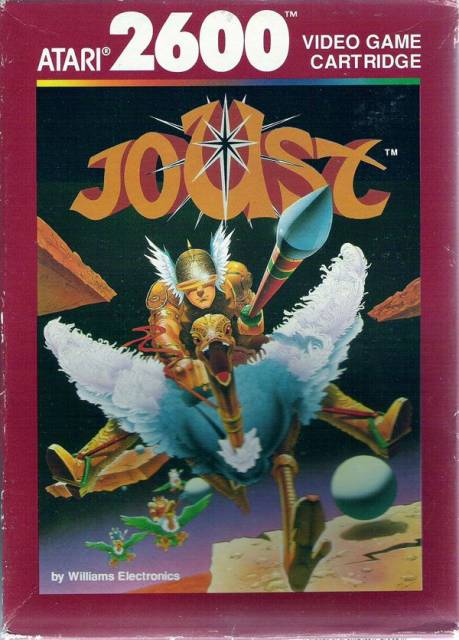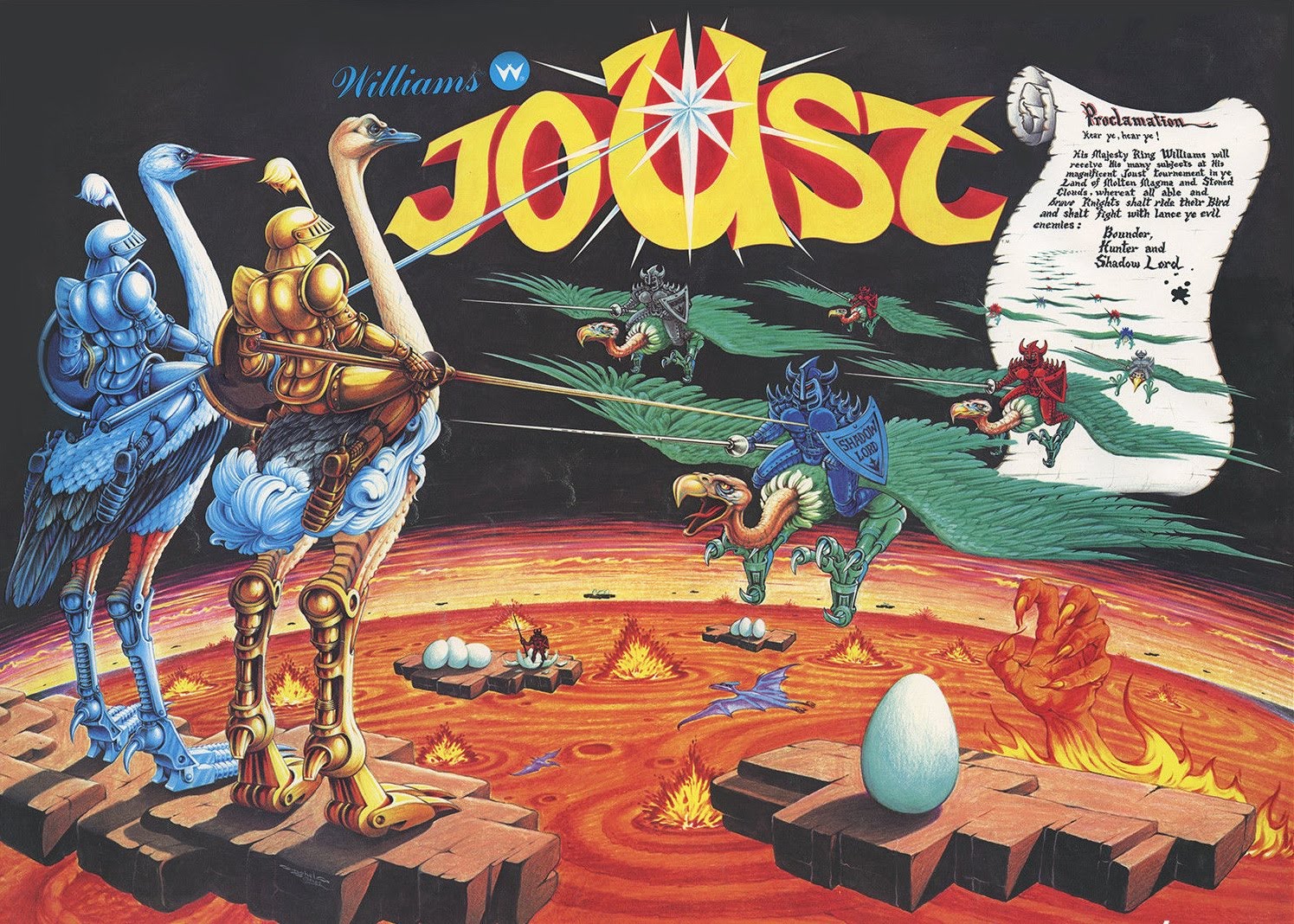


Shields were made of wood and leather, usually with iron reinforcing parts.
.jpg)
Three lances seem to have been the normal ration, & then sword fighting on foot might follow. For tournaments, helmets were often lavishly adorned with plumes and crests, even horns and three-dimensional figures. Towards the end of the 15th century CE helmets started to be screwed to the breast and back armour so that it did not so easily fall off if struck. A popular type of helmet was the 'frog-mouth' (so-called because the bottom half protruded more than the top half) which had a horizontal slit for vision but which was so narrow that a knight could only see out when tilting the head forward the advantage being his eyes were instantly protected by holding the head up. Generally, though, battlefield armour became specialised for tournaments with sections likely to be hit (the chest and right side of the helmet or helm) being reinforced with an extra metal plate, a heavy steel gauntlet (manifer) for the lance hand, and a grill for the helmet visor. As tournaments became ever-more spectacular social events of great pageantry, knights even had to prove their lineage to take part and displaying their family's coat of arms on the shield, surcoat, and horse's coat became the done thing.Īlthough padded linen and leather armour was worn at tournaments in the 13th century CE, when plate armour came into wider use on the battlefield in the following century, so too, it was worn by jousters. A good knight was supposed to display such qualities as martial prowess ( prouesse) and noble manners ( debonnaireté), and those competitors with a criminal background or with a disreputable reputation were banned from competing (which is perhaps why some competed anonymously). It was much easier to display skills in an individual event in front of an audience as opposed to the free-for-all mêlée which took place across the countryside. The name joust perhaps originated from the Latin juxtare ('to meet'), and the event was likely created in response to the greater emphasis on chivalry and honour in the later Middle Ages. Jousting became more common as an event of the tournament from the second half of the 13th century CE, although it had been a minor side event since the 11th century CE. There were stalls with refreshments, sellers of horses and fine clothes, intermission performances of drama with musicians and acrobats, pageants, and several banquets over the course of the event. Tournaments might last several days, very often in celebration of another event such as an important marriage or coronation. By the following century, the trend had spread across Europe. Tournaments where knights fought in mock cavalry battles ( mêlée), with the object of capturing as many of the opposing team as possible, probably began in France in the 11th century CE. Jousting fell out of fashion by the end of the Middle Ages, but there were occasional revivals up to the 19th century CE. Jousting was an important opportunity for heraldic display, general pageantry, and the chance for a knight to impress aristocratic ladies who might show them favour by giving them their scarf or veil. 1400 CE, were separated by a barrier or tilt, hence the sport's other name of tilting. Jousts were, from the 13th to 16th century CE, a popular part of the European medieval tournament where knights showed off their martial skills by riding against one another with wooden lances in a designated area known as the lists.


 0 kommentar(er)
0 kommentar(er)
